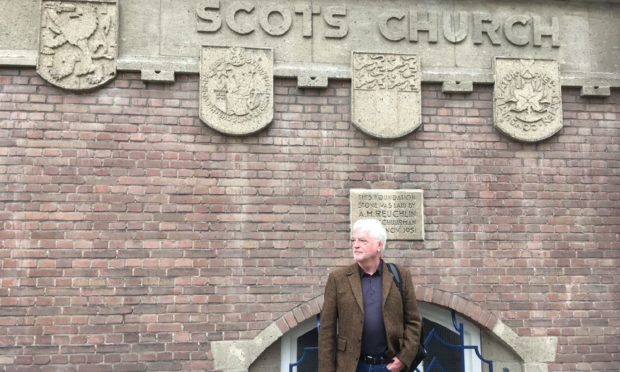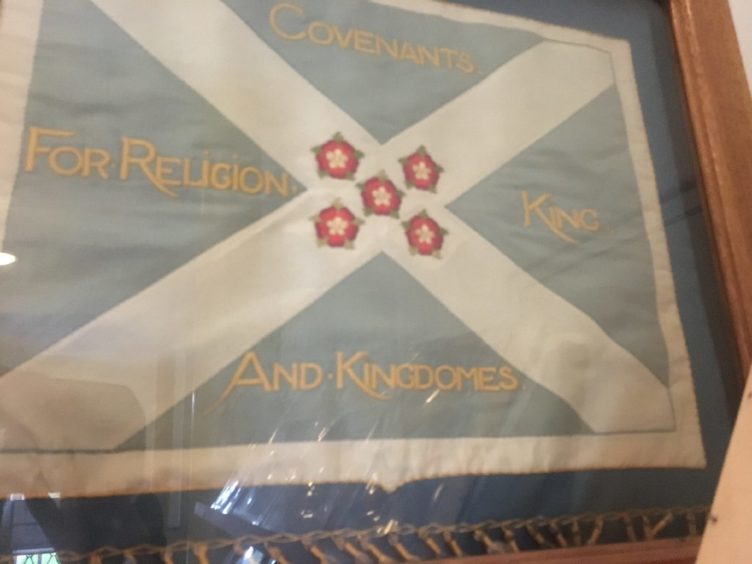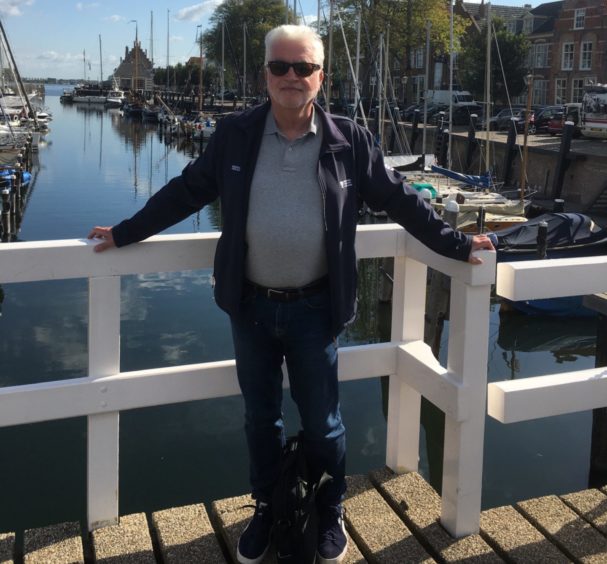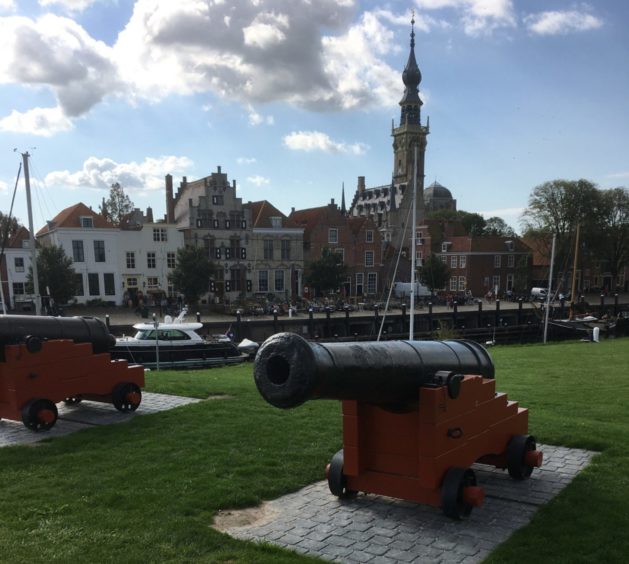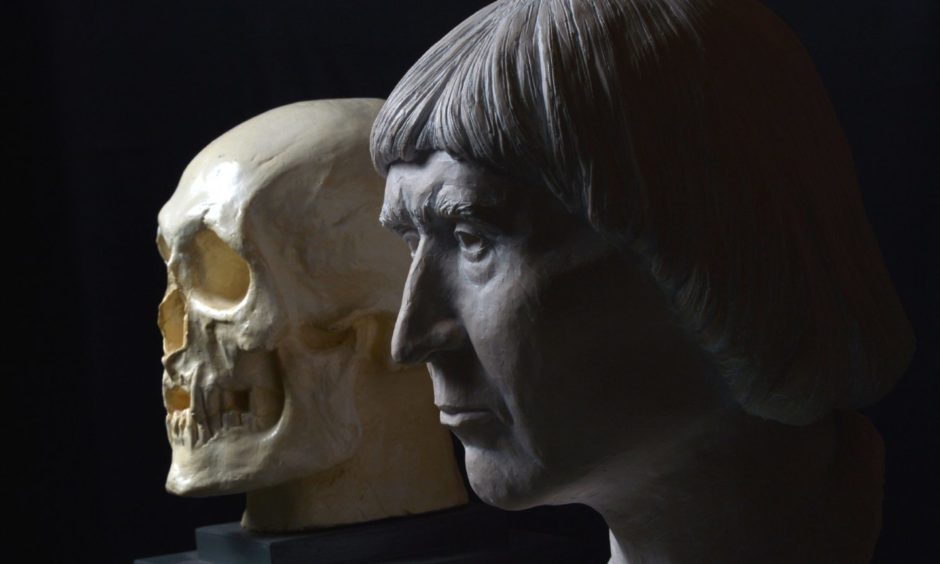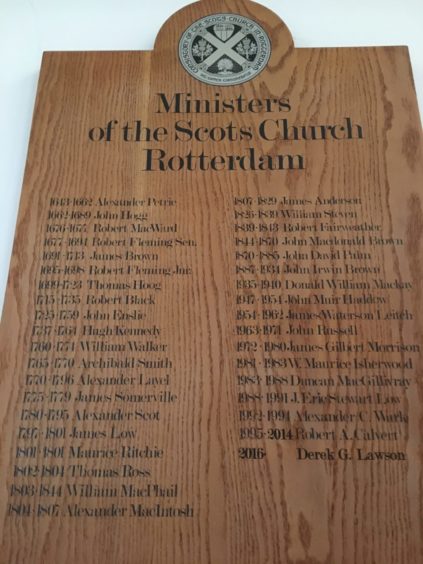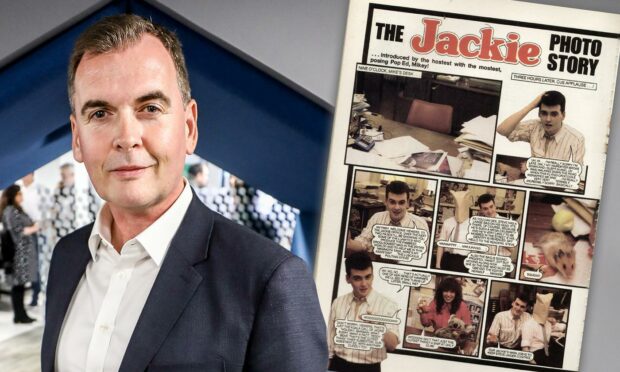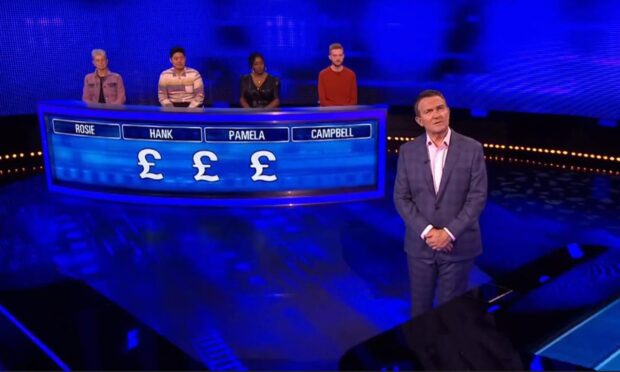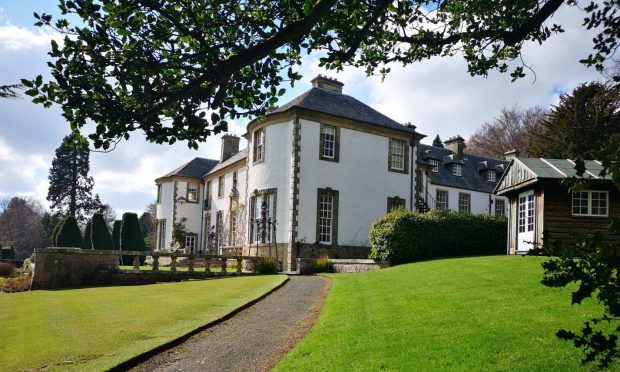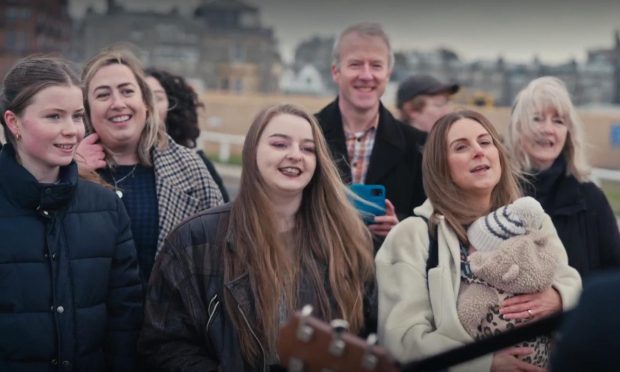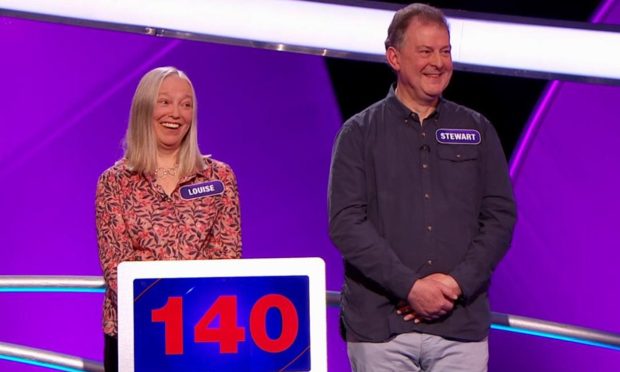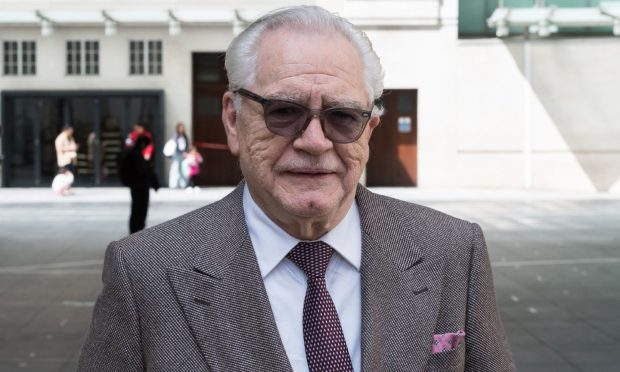Michael Alexander speaks to Newport-based broadcaster Billy Kay about his new radio documentaries exploring Scotland’s centuries-old relationships with the Low Countries of Europe.
Think of Scottish history and perhaps it’s a triumvirate between Scotland, England and France that comes to mind with Scotland perpetually at war with England and an Auld Alliance with France.
But Flanders can arguably be viewed as the fourth part of that relationship with close bonds to Scotland that sometimes cut across the others.
If your name is Fleming, Lindsay or Douglas, if you play golf or curling, if your house has red pantiles or crow step gables, if you speak Scots and use words like hoose or howff and if you studied law or medicine at a Scottish university, then you’ve been touched by Scotland’s links to the Low Countries – a cultural legacy that came with trade, religious and intellectual exchange, and patterns of migration to our nearest neighbours across the North Sea.
The ancient county of Flanders in northern Belgium was the economic powerhouse of Europe in the early medieval period and the principal outlet for Scotland’s major export of wool.
BBC Radio Scotland series
Now, in a two-part series Scotland and the Low Countries being aired on BBC Radio Scotland, Newport-based broadcaster Billy Kay is celebrating Scotland’s profound engagement with the Flemish and Dutch people over the centuries.
It explores how when King David I of Scotland established royal burghs across the country, he encouraged Flemish settlers to establish their entrepreneurial skills bases in the new towns.
An idea of their importance can be seen in the infamous massacre of Berwick by English King Edward I in 1296 when 30 Flemish merchants in the Red Hall resisted the invaders for 24 hours before dying amidst the flames of their building.
Meanwhile in Flanders, the Scottish export of wool for the weaving industry was augmented with herring, salmon, cod and wheat.
So important was the Scottish trade that several towns vied for the privilege of being the Scottish Staple with the great city of Bruges holding the title for 150 years before Middeburg and Veere superceded it in the 16th century.
But the documentaries also reveal strong links between Flanders and Holland and Tayside and Fife, ranging from the family of James Bond creator Ian Fleming who had connections with Newport and Perthshire, to the legacy of Maynard the Fleming who designed the medieval street plan of St Andrews.
“Making these programmes was like completing a journey for me,” Billy tells The Courier.
“It was the last important sphere of Scottish involvement in Europe that I had not explored in any detail and I say that with regret in my book The Scottish World.
“Here, I feel finally that I’m telling a story that’s crucial to Scotland’s identity as a historic European nation…with places all over the Low Countries at one time vying for the prestige and wealth that being the Scottish Staple port brought them.
“We were also influential in the creation of the Dutch nation, with the Scots Dutch Brigade described as the “bulwark of the Republic”.
“The Dutch reciprocated by teaching Scottish elites in their universities – men who then came home and were so influential in law, medicine, commerce and science that it’s almost certain that there was a strong Dutch influence on the Scottish Enlightenment.
“There’s even a contemporary American connection – before the English named it New York, the Dutch called it New Amsterdam and it was hoaching with Scots who married Dutch women.
“The founding father of America, Alexander Hamilton was one of them – the hero of the brilliant Broadway hip hop musical Hamilton!”
Exploring Scots’ connections to Bruges
In the first of the documentaries Will Ye Go Tae Flanders? that he researched last September on a trip to Belgium, Billy explores historic Bruges including the Schottendyk, the Scots Wharf, used by Scots merchants.
He hears how as early as the 14th century, the Scots were granted a range of coveted trading privileges in return for Bruges being the sole port of entry for the Scottish wool that was essential for the burgeoning textile industry of Flanders.
The creation of Bruges as the Scottish staple port formalised a connection going back centuries that was crucial in the development of the Scottish nation.
It explores how there were very substantial migrations of people of Flemish origin to Scotland in the Middle Ages who were assimilated remarkably quickly into Scottish society and forgot the fact they were actually of Flemish origin.
The documentary hears how, at the time of David I, one of the first connections came in the 12th century through Melrose Abbey selling a lot of wool to Flanders.
Berwick upon Tweed was the major Scottish port before the Wars of Independence through which that wool went to Flanders.
At the time, Flanders was one of the most dynamic and urbanised regions in the whole of medieval Europe.
But that created a surplus population as well. This meant there was a reservoir of people looking for opportunities elsewhere.
The pull factor was Scotland where the rulers were trying to find people with particular skills.
When the King of Scots and people like the Bishop of St Andrews were looking to found burghs as dedicated urban centres, Flanders provided people who knew how to organise, to live and to profit from living in an urban environment.
When the Flemish were invited in large numbers, they of course brought with them their culture and their language which formed the basis of much of the Scots tongue we know today.
Scots tongue
Jan Dumolyn from the University of Ghent says: “If you look at Scots you would say not a ‘house’ but a ‘hoose’, and that’s the same word here in West Flemish dialect, so there’s a lot of similarities.
“In fact if I read Robbie Burns, I understand more of it often than a modern English speaker.”
Look at a map of Courier Country and there are place names like Flemington and Flemingis-Land in Angus and Fleming-Beath in Fife.
But Billy also draws attention to the families of famous migrants like Sir Alexander Fleming, who discovered penicillin, while others names of Flemish origin include Lindsay, Graham, Spalding, Sutherland, Innes, Cox, Luke and Bremner.
Michael Brown of St Andrews University says: “ One example of Flemish settlement which suggests a planned almost plantation approach to the arrival of these new inhabitants is in Upper Clydesdale around Biggar where you seem to have the Scottish Crown employing a middle man – a man called Baldwin – a Flemish name, who becomes Baldwin of Biggar.
“But with him come a whole group of men from knightly families – maybe younger sons looking for property -and they are given individual plots of land in Upper Clydesdale.”
St Andrews is another prime example. Maynard the Fleming in the 12th century is the man responsible for the layout of the old town that survives to this day.
A first generation settler in Scotland, he’s already acquired land and played a part in the foundation of Berwick.
“You find the Flemish everywhere – in Dundee, in Aberdeen, in Edinburgh,” adds Billy.
“They are very present as specialists in agriculture, in wooling and as merchants. They just became assimilated into larger Scottish society – including the aristocracy.”
High profile settler – James Douglas
One of the most obvious examples is the family of Douglas and the family of Moray that are related to each other.
They are believed to be brothers who came to Scotland in the early 12th century – Freskin and William.
They take the place names in parts of Scotland in which they settle. One brother takes the name Douglas in Clydesdale.
James Douglas, of course, later becomes Robert Bruce’s right hand man and the family become one of the greatest noble families of Scotland.
Similarly the other brother going to the north takes up the name of the great northern province of Moray.
It becomes part of a great Scottish melting pot with the burghs but also with rural settlement which is the key to that creation of a Scottish identity in the 12th and 13th centuries.
The incoming groups identify themselves as Scottish within a generation because they are subjected to the rules and the laws of the Scottish kingdom and the Scottish king.
By the 14th and 15th centuries, Scots merchants had taken over the Flanders trade and established an important presence in Bruges itself where they are granted new privileges to self-organise.
They established their own chapels in Bruges – including dedications to Saint Andrew and Saint Ninian.
Scots also produced their own cloths which were brought over to Bruges where they were then finished and dyed.
St Martin’s Square became known as the Scottish square where the Scots had their own national house which served as an HQ for the Scottish community.
Bruges city records recall Scottish salmon being sold while a large number of tailors relocated from Aberdeen in the 15th century.
There are also records of women sent from Dundee and St Andrews to work in inns and pubs – again giving an insight into the strong connections – with many intermarrying and becoming naturalised.
· Will Ye Go Tae Flanders? by Billy Kay is available now on BBC iPlayer. The next episode, The Scots Dutchmen, airs on BBC Radio Scotland at 11.30am on Monday April 5 https://www.bbc.co.uk/programmes/m000tt32/episodes/guide
